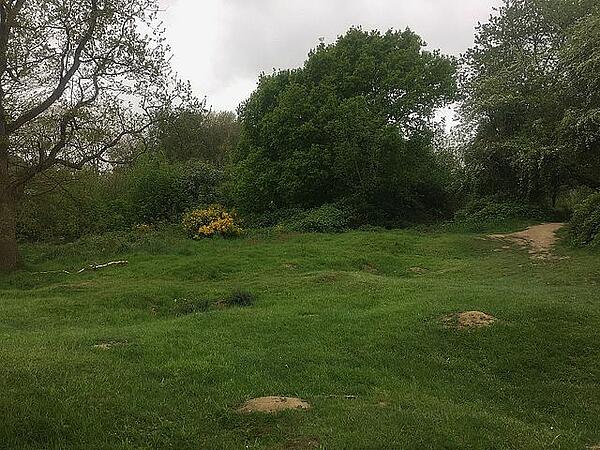Hill 60
Hill 60 is a man-made hill that lies around three miles from Ypres. Created in the 1860’s from the soil dug out from a nearby railway line, Hill 60 was around 150 feet high and provided significantly advantageous elevation within the Ypres Salient. This made Hill 60 a prime target for both sides in World War One.
The hill changed hands a number of times during the war, resulting in the deaths of many men on and around the hill. It was first captured on 10th December 1914 by the Germans, but the immediate British response saw four tunnels dug underneath the hill and packed with high explosives.
By April 1915, the British were in a position to detonate six mines, which took place on 17th April at 19:05. This was followed by an artillery barrage and an infantry attack on German lines. The surviving Germans were so disorientated that the British managed to secure Hill 60 with just seven casualties.
This victory was short-lived, with the Germans launching a counter-attack the very next day that forced the British off the hill. However, it was regained rapidly. The Germans then decided to resort to new tactics to conquer Hill 60 and on 21st and 22nd April they launched their first and second poison gas attacks of the war.

While the Germans dominated the use of the hill for much of the middle of the war, in the summer of 1917, men from the Australian Tunnelling Company dug underneath German positions and planted several mines that proved devastating to the enemy. Allied infantrymen subsequently stormed the hill and managed to capture it, holding this crucial position until the 1918 German Spring Offensive.
Despite the force of the Germans during the spring of 1918, the British managed to recapture Hill 60 on 28th September 1918, six weeks before the war ended, and remained in control until Armistice Day.
Due to the continued fighting on and around Hill 60, it is believed that many men still lie there, and the names of those who are known are found on the Menin Gate in Ypres.
MLA Citation/Reference
"Hill 60". HistoryLearning.com. 2024. Web.
